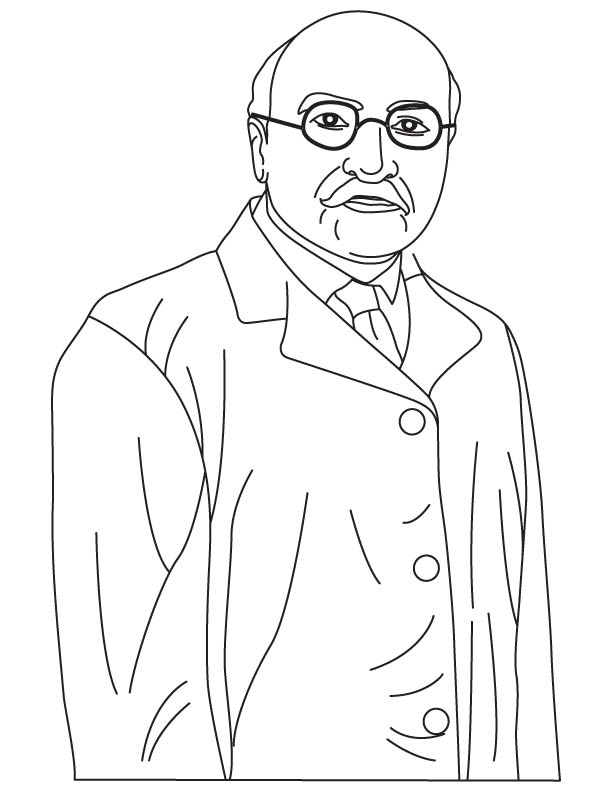Coloring Pages
- Activities Coloring Pages
- Animals and their Homes Coloring Pages
- Animals Coloring Pages
- Astronomy & Space Coloring Pages
- Baby Animals Coloring Pages
- Cartoons Characters Coloring Pages
- Clothing Coloring Pages
- Coloring Pages for Teens
- Commonwealth Games Coloring Pages & Posters
- Connect the Dots Numbers
- Construction Vehicles and Tools Coloring Pages
- Culture and Tradition Coloring Pages
- Domestic/Farm Animals Coloring Pages
- Educational & Preschool Coloring Pages
- Fantasy And Medieval Coloring Pages
- Flags of the Nations Coloring Pages
- Flower Coloring Pages
- Food and Agriculture Coloring Pages
- Health and Fitness Coloring Pages
- Holiday Coloring Pages
- House, Building and Home Coloring Pages
- Jungle Coloring Pages
- Maths Worksheets
- Music Coloring Pages
- Nature Coloring Pages
- Parts of Body Coloring Pages
- People & Professional Coloring Pages
- Religious Coloring Pages
- Road Sign, Safety, Good Manner, Habit Coloring Pages
- Seasons, Calendar, Time & Money Coloring Pages
- Silhouettes
- Sports Coloring Pages
- Stories, Tales and Classics Characters Coloring Pages
- Toys Coloring Pages
- Trophies, Medals and Awards Coloring Pages
- Vehicle Coloring Pages
- World Famous Great Inventions
- World Famous Great Scientist and Inventors
- Writing Practice Worksheets
Leo Hendrik Baekeland coloring pages


Leo Hendrik Baekeland, born in Belgium on 14 November, 1863, was one of the most revolutionary chemists of all time. Soon after his birth, Leo Hendrik Baekeland immigrated to the United States where he studied Chemistry for some years before inventing two of the most useful things for mankind, the Velox photographic paper and Bakelite.
It was in 1893 that Baekeland invented Velox, which was the first photographic paper that could be printed in artificial light. The right to velox was sold by Baekeland to Kodak, who, in turn, used his technology to create photographic cameras with rills. A few years later in 1987, Leo Hendrik Baekeland invented an inexpensive, versatile and non-flammable, form of plastic and named it Bakelite after himself. This synthetic polymer had great utilities, being largely used in the making of jewellery, engine parts, game pieces and a dozen of other objects. After inventing many other things and setting up a few factories, this talented chemist, passed away on 23 February, 1944.




 Print this page
Print this page














































































































































